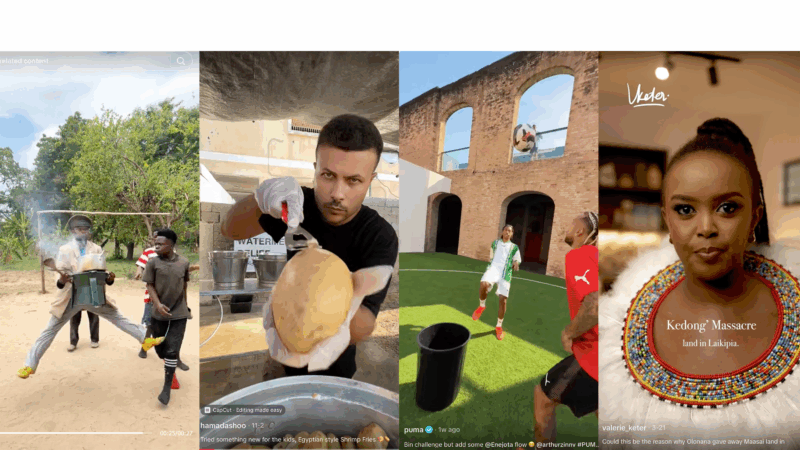INTERVIEW: James Willig On The “Gamification” Of Medical Education
 Birmingham — Medical education is always evolving. One way it’s changed in recent years is that residents are not allowed to work the long, judgment-impairing shifts they used to. Most agree that’s good. But how do you make up for all that lost teaching time? Some UAB researchers think they have an answer: video games. They created a competitive educational game called “Kaizen-Internal Medicine,” or just “Kaizen-IM,” and a small but promising study showed that busy young doctors learned from it in their off hours. UAB’s James Willig sat down with WBHM’s education reporter Dan Carsen to explain. Willig starts with the downside of limiting residents’ work hours. The on-air version is above, with an extended web-only version below:
Birmingham — Medical education is always evolving. One way it’s changed in recent years is that residents are not allowed to work the long, judgment-impairing shifts they used to. Most agree that’s good. But how do you make up for all that lost teaching time? Some UAB researchers think they have an answer: video games. They created a competitive educational game called “Kaizen-Internal Medicine,” or just “Kaizen-IM,” and a small but promising study showed that busy young doctors learned from it in their off hours. UAB’s James Willig sat down with WBHM’s education reporter Dan Carsen to explain. Willig starts with the downside of limiting residents’ work hours. The on-air version is above, with an extended web-only version below:
0:00 — Carsen asks Willig about his background and how he got involved with this novel approach to medical education.
0:33 — Carsen asks Willig to relay the basics of the study he and his colleagues put together.
1:36 — Willig details tradeoffs between protecting medical trainees (and patients) from sleep deprivation versus losing learning time.
1:53 — Willig talks about why the group got together.
2:14 — The infamous “stack of tomorrows”…
2:45 — Carsen checks his own understanding of the tradeoffs associated with limiting medical trainee work hours. Willig elaborates and adds, “something had to give….”
5:20 — Doctors tend to be competitive, which is good for the purposes of the study.
5:58 — Carsen asks about how the video game works.
6:10 — Willig explains how they came up with the game’s questions.
7:10 — The game is streamlined enough to play on a quick elevator ride.
7:50 — Willig describes how one plays the game.
8:20 — Rewarding not just knowledge but consistent participation…
8:50 — From nothing, to petri dish, to crutches, to the all-powerful Coffee Lord…
9:25 — Carsen asks who designed the game.
9:35 — UAB’s CTSA (Clinical and Translational Science Awards).
10:10 — Artistry helped.
10:34 — Carsen asks about the paper Willig and the group have submitted.
11:00 — Carsen asks about other research on this potentially revolutionary approach to general (as opposed to surgical) medical education. Willig talks about what he thinks makes the study unique.
11:55 — Making the game a part of the culture of residency programs…
12:25 — Carsen asks if this new approach, like 3-D printing prosthetics, is the result of a serendipitous convergence of new technologies — an idea whose time has come. Willig shares his thoughts.
12:55 — Willig points out that today’s med students are millennials who learn differently from other generations. He says the game can “meet them where they are.”
14:30 — Who’s the old man now? “I know they’re on Facebook….”
14:50 — A chance to turn a distraction into an asset.
15:00 — Carsen asks about the name of the game, “Kaizen-Internal Medicine,” or just “Kaizen-IM.”
15:25 — Every health professional can help improve health care.
15:50 — Lessons to last a lifetime…
Viral global TikToks: A twist on soccer, Tanzania’s Charlie Chaplin, hope in Gaza
TikToks are everywhere (well, except countries like Australia and India, where they've been banned.) We talk to the creators of some of the year's most popular reels from the Global South.
Memory loss: As AI gobbles up chips, prices for devices may rise
Demand for memory chips currently exceeds supply and there's very little chance of that changing any time soon. More chips for AI means less available for other products such as computers and phones and that could drive up those prices too.
Brigitte Bardot, sex goddess of cinema, has died
Legendary screen siren and animal rights activist Brigitte Bardot has died at age 91. The alluring former model starred in numerous movies, often playing the highly sexualized love interest.
For Ukrainians, a nuclear missile museum is a bitter reminder of what the country gave up
The Museum of Strategic Missile Forces tells the story of how Ukraine dismantled its nuclear weapons arsenal after independence in 1991. Today many Ukrainians believe that decision to give up nukes was a mistake.
Jeffrey R. Holland, next in line to lead Church of Jesus Christ of Latter-day Saints, dies at 85
Jeffrey R. Holland led the Quorum of the Twelve Apostles, a key governing body. He was next in line to become the church's president.
Winter storm brings heavy snow and ice to busy holiday travel weekend
A powerful winter storm is impacting parts of the U.S. with major snowfall, ice, and below zero wind chills. The conditions are disrupting holiday travel and could last through next week.









